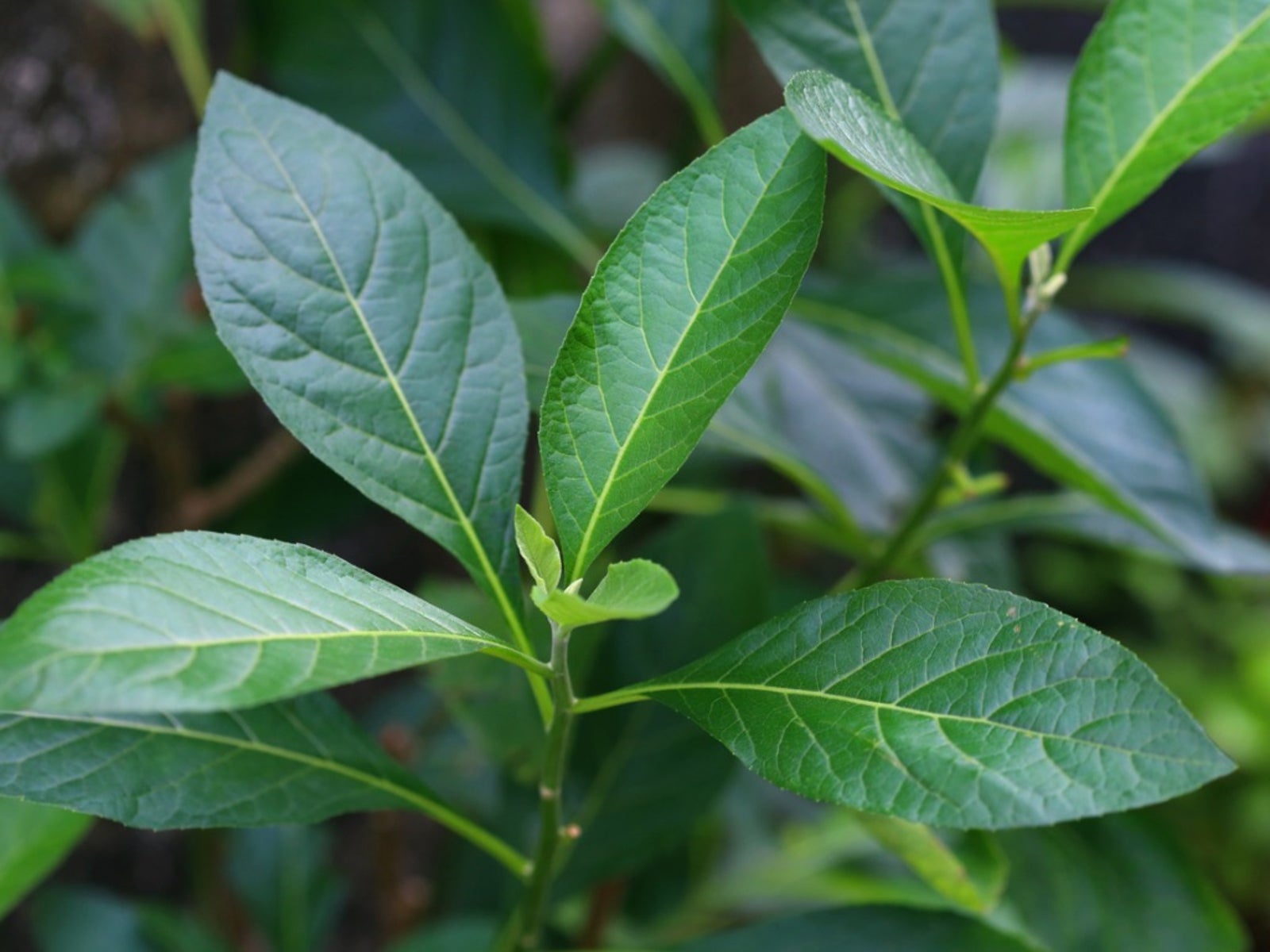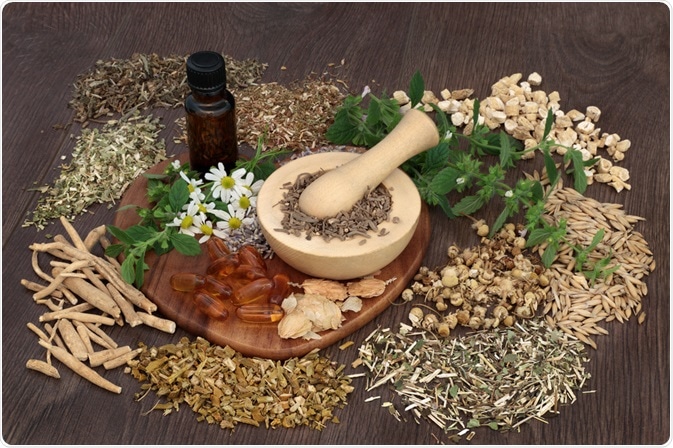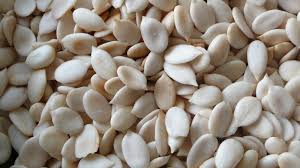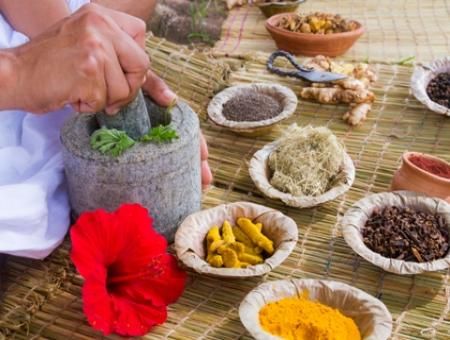Bitter leaf, known locally as “Ewuro” in Ghana, has been a cornerstone of traditional medicine and culinary practices for generations. Though its taste is distinctly bitter, its therapeutic properties and nutritional benefits make it a highly valued herb in both household kitchens and herbal clinics.
🌱 What Is Bitter Leaf?
Bitter leaf is derived from the Vernonia amygdalina plant, a small shrub or tree native to West Africa. Its leaves are characterized by a distinctive bitter flavor, which many Ghanaians learn to appreciate for its connection to health and well-being. While often used in cooking, its medicinal applications are equally noteworthy.
🔍 Traditional Uses and Cultural Significance
Culinary Heritage
-
Stews and Soups: Bitter leaf is a classic ingredient in dishes such as palm nut soup and bitter leaf soup. It is often combined with ingredients like meat, fish, cocoyam, and spices to create hearty meals.
-
Bitter Leaf Wash: In some regions, bitter leaf is brewed into a tonic to complement meals, believed to aid digestion and cleanse the body.
Medicinal Applications
-
Digestive Aid: Traditionally, bitter leaf is consumed to improve digestion and manage stomach discomfort.
-
Detoxification and Liver Health: The leaves are believed to cleanse the blood and support liver function.
-
Antimicrobial and Anti-inflammatory: Bitter leaf possesses natural compounds that help fight infections and reduce inflammation.
-
Diabetes Management: Some herbal practitioners recommend it for regulating blood sugar levels.
-
Postnatal Recovery: In Ghanaian culture, bitter leaf soup is commonly served to new mothers to promote healing and boost lactation.
🍃 Nutritional and Active Components
-
Vitamins and Minerals: Rich in vitamin A, vitamin C, calcium, and iron, bitter leaf contributes to overall nutritional balance.
-
Antioxidants: Contains phytochemicals and flavonoids that help neutralize harmful free radicals.
-
Bioactive Compounds: Active compounds such as sesquiterpene lactones contribute to its antimicrobial and anti-inflammatory properties.
🥄 How to Prepare and Use Bitter Leaf
Bitter Leaf Soup Recipe (Traditional Ghanaian Style)
Ingredients:
-
Fresh bitter leaf (washed and chopped; some traditional recipes recommend squeezing out excess bitter juice)
-
Palm oil
-
Meat and/or fish (optional)
-
Cocoyam paste or ground melon seeds (agushie) for thickening
-
Tomatoes, onions, and spices such as garlic and ginger
-
Stockfish or dried shrimp (optional, for added flavor)
Method:
-
Preparation: Wash and chop the bitter leaves. Some prefer to rinse them with water or soak briefly to reduce the intensity of bitterness.
-
Cooking the Base: In a pot, sauté onions, tomatoes, and spices in palm oil until fragrant.
-
Adding Protein: Introduce meat, fish, or stockfish as desired and allow to brown.
-
Incorporate Thickener: Stir in a paste of cocoyam or ground agushie to give the soup body.
-
Simmer: Add water or stock, then allow the soup to simmer so that all flavors meld. Finally, add the bitter leaves and cook lightly so they retain their nutrients.
-
Season: Adjust seasoning to taste and serve hot, often accompanied by fufu, banku, or rice.
Herbal Tonic
-
Bitter Leaf Tonic: For a healthful tonic, boil a handful of bitter leaves in water for 10–15 minutes, strain, and allow the liquid to cool. Drink a small glass daily as a digestive aid or detoxifier.
Tip: To temper the bitterness, consider adding a squeeze of lemon juice or a touch of honey.
⚠️ Precautions and Considerations
-
Bitterness and Dosage: The strong bitter taste, while natural, can be overwhelming. It is advisable to consume bitter leaf in moderation, particularly when used as a medicinal tonic.
-
Individual Sensitivity: Those with specific medical conditions or on medication should consult a healthcare professional before incorporating bitter leaf into their regimen.
-
Pregnancy and Breastfeeding: Traditional use suggests benefits for postnatal recovery; however, pregnant or breastfeeding women should seek personalized advice from a qualified practitioner.
🌍 Cultural Impact and Modern Relevance
Bitter leaf is more than a mere ingredient—it symbolizes the harmonious blend of culinary art and herbal wisdom in Ghana. Its use in traditional dishes and remedies embodies the community’s commitment to natural health solutions and cultural heritage. As modern science explores its active compounds, bitter leaf continues to occupy a revered place in both the kitchen and the herbal medicine cabinet.
📝 Final Thoughts
From nourishing home-cooked meals to acting as a natural remedy for various ailments, bitter leaf (Vernonia amygdalina) holds a prominent role in Ghanaian health and culinary traditions. Its bitterness, a reminder of nature’s potent remedies, invites both appreciation and respect for the natural pharmacy offered by indigenous plants.





Comments (0)
Leave a Comment
No comments yet. Be the first to share your thoughts!